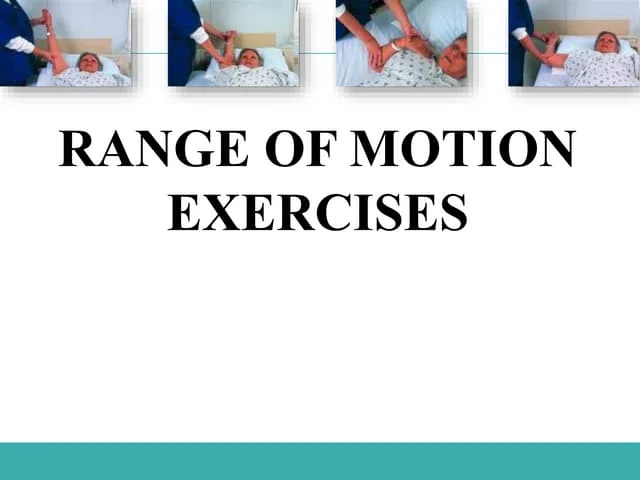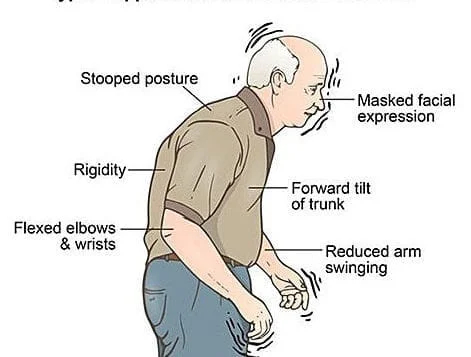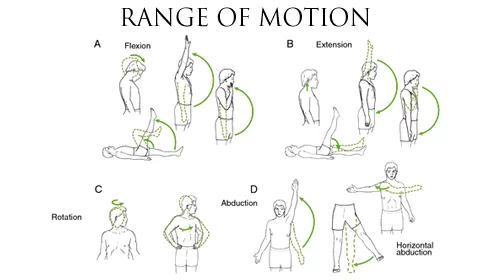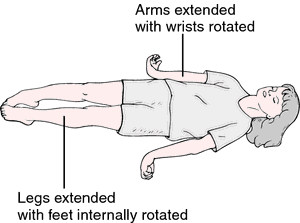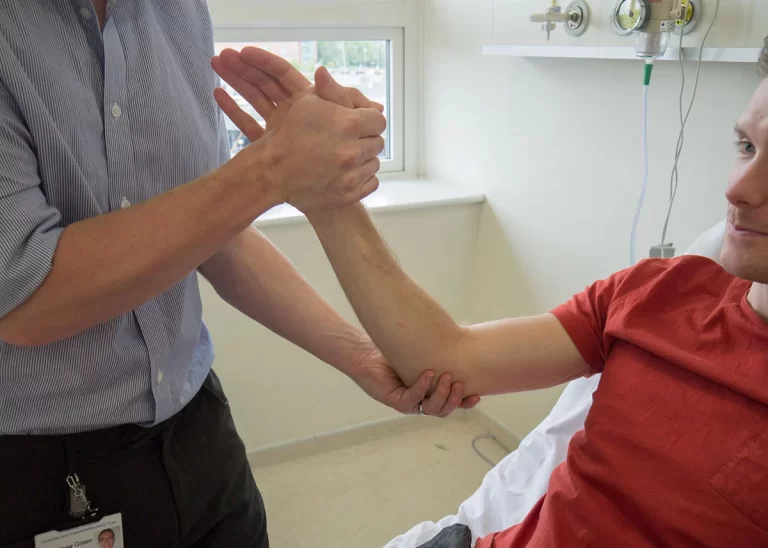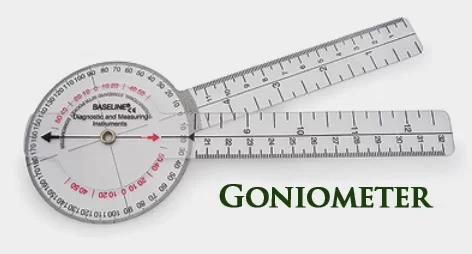Range of Motion Exercises
What is a Range of Motion Exercise? Range of motion (ROM) exercises are essential activities designed to keep joints flexible, improve muscle strength, and maintain overall mobility. These exercises are particularly important for individuals recovering from injury, surgery, or those suffering from chronic conditions such as arthritis. A loss in the range of motion can…

